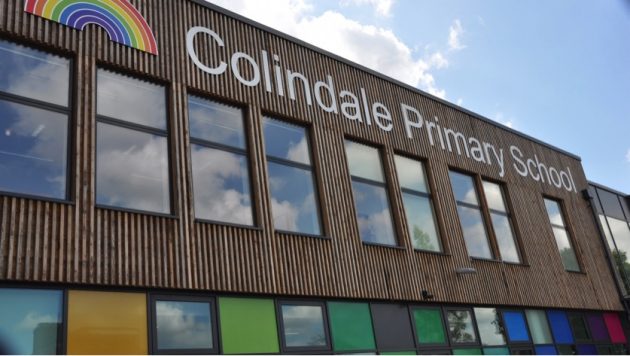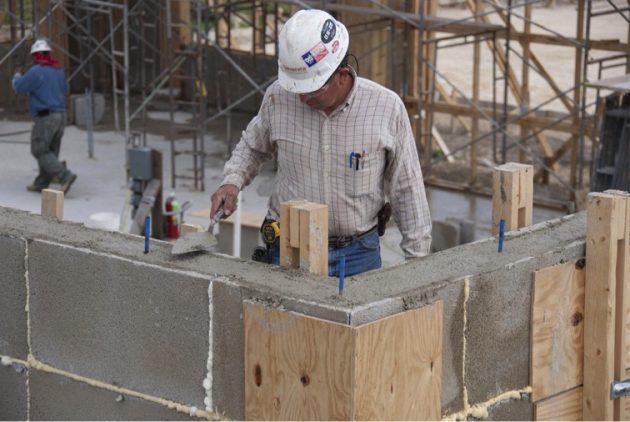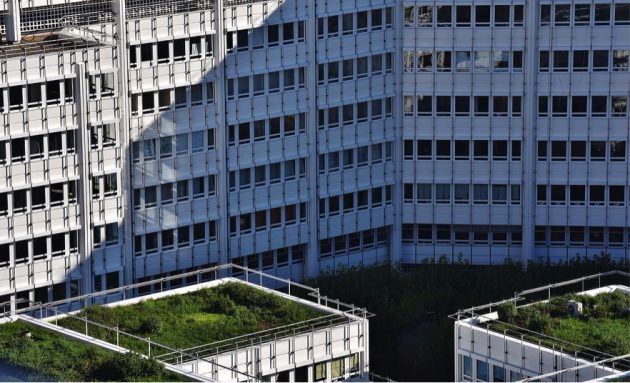When it comes to trends in architecture it seems as though school buildings are either on the cutting edge of new design or are left in the dust in an effort to preserve potentially historic buildings. School building tend to be spacious and sturdy but certainly don’t need to feel dull or uninviting, even if they are an institution of sorts.
Completely building a new school from the ground up offers plenty of opportunity to incorporate the latest in design and construction technology, though there are still plenty of ways to update a school via remodels rather than erecting a totally new building.
Here are 5 trends that should really be put on the table during the brainstorming phase of a new school building design.
Going Back to Classic Exterior Designs
When it comes to the exterior of a school building more often than not a fairly basic siding was chosen or, in some cases, no siding at all. If the exterior of the building is merely concrete walls or even stucco there is huge room for improvement by upgrading to a low-maintenance siding. This could come in the form of vinyl, fiber cement, faux stone, or brick veneers, to name a few
Another very unique approach to upgrading siding is to go back to the basics so to speak. There is no doubt that there are many great low-maintenance siding options on the market but nothing is quite as visually attractive as wood exterior siding. Whether it’s classic wood planks or modified wood siding, there are plenty of choices and all will make a school building feel more warm and welcoming.

Adding Diversity and Flexibility to Classrooms
The idea that classrooms are always basic square rooms with desks in a row may be traditional but isn’t necessarily ideal. Adding flexibility to a room’s design actually enhances the learning process and could even make it easier for educators to teach a class. Even if the current room is square or rectangular in shape and reconstruction isn’t wanted, redesigning the room can still be done with furniture choices.
Diversity is another factor that is important in schools yet often is overlooked in design. Rather than keeping children locked in classrooms, providing a more flexible learning atmosphere where interacting with other children (including varying grades) in common areas promotes better life skills.
Expanding Vegetation with Green Roofs
Going green is a huge movement and one that is (and will remain) an ongoing trend in school building design. The benefits of adding more greenery to a landscape are countless, and are especially useful for school settings. Access to the outdoors is important for k-12 students and can be tied into creating a flexible learning atmosphere as well. While landscaping can certainly be done, with more planters being built and grass in place of excessive concrete, another amazing option is a vegetative roof.
Vegetative roofs have a huge advantage in that they can be added to a school property and significantly impact the amount of greenery, all without taking up more schoolyard space. If the school building has a flat roof and it isn’t vegetative in nature the school is missing out on student and staff enrichment. Not to mention green roofs help reduce maintenance costs due to the natural insulation from heat and cold.
Making Access to Technology Simpler
Technology in schools is constantly present and will only become more important in classrooms over time. Creating learning environments where technology is not only promoted but easier to access is vital for students as well as staff. Flexibility really comes into play here.
When remodeling a classroom it’s important to think about number of outlets for computers as well as specialized outlets that may also offer USB charging for tablets or even smartphones, as well as other handheld devices. Situating these types of outlets or charging stations throughout common areas and close to desks or other seating is important.

Focusing on More Advanced Building Envelopes
Too often the building envelope (exterior barrier of the building) of a school is thick, built-to-last and resilient against weather, but the benefits end there. There are certainly good reasons for fairly simple but effective exteriors, including dense concrete walls and stormproof windows, but sometimes deviating from the norm provides other benefits.
In the event of a remodel it’s worth considering newer materials, such as opting for low emittance windows, smart glass, LED lighting, and more. If the remodel involves replacing or putting up near exterior walls consider the material. Advances in exterior walls have also improved. A great example of this is how insulating concrete block walls can provide many of the same advantages of concrete walls but with far better insulation, resistance to dangerous weather, and even better noise cancellation.
A school building offers a unique chance to combine classic aspects of commercial building design as well as the welcoming feel of a residential building. Due to the nature of schools being a place of growth and development, it’s important that the design of the building itself embodies this.















